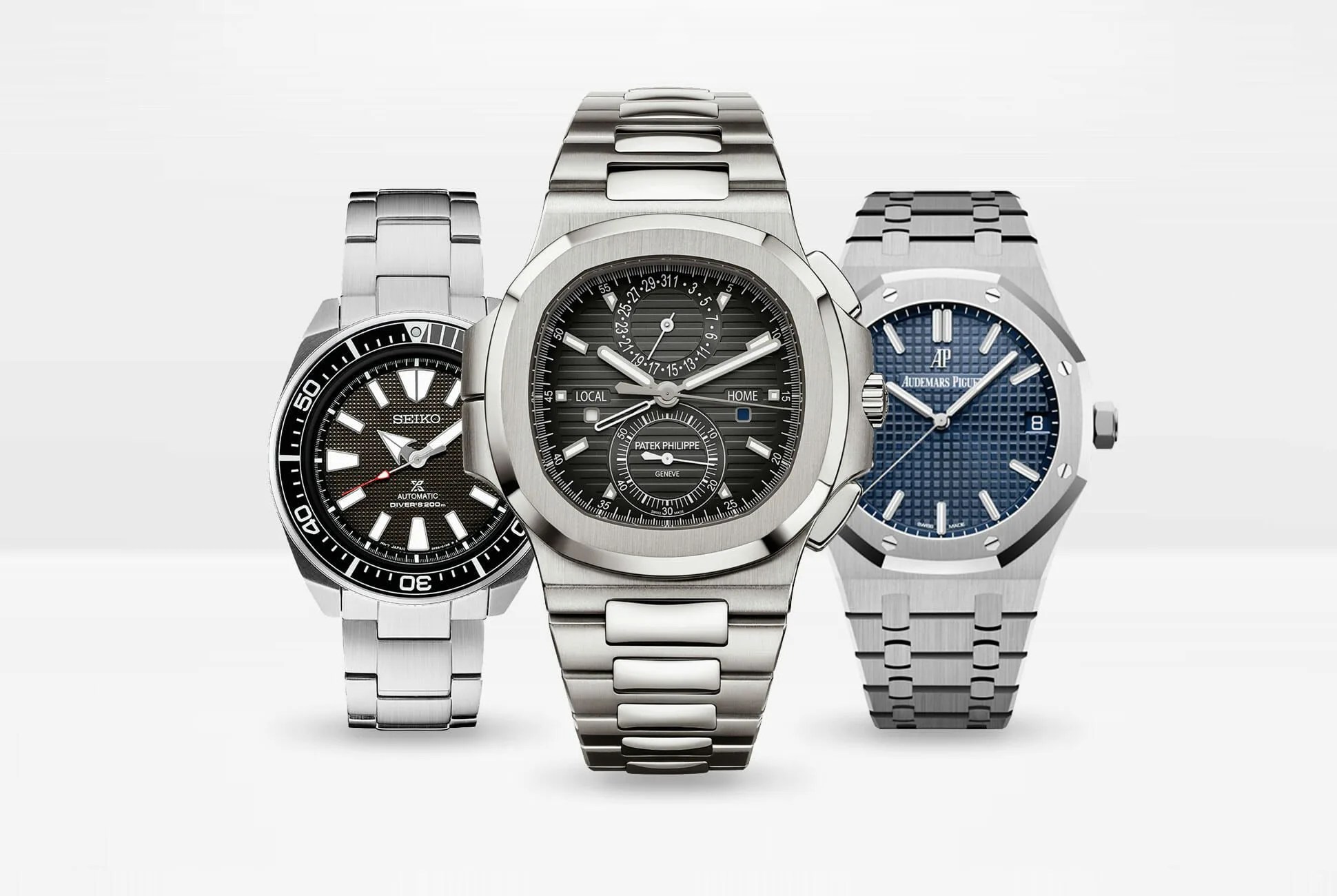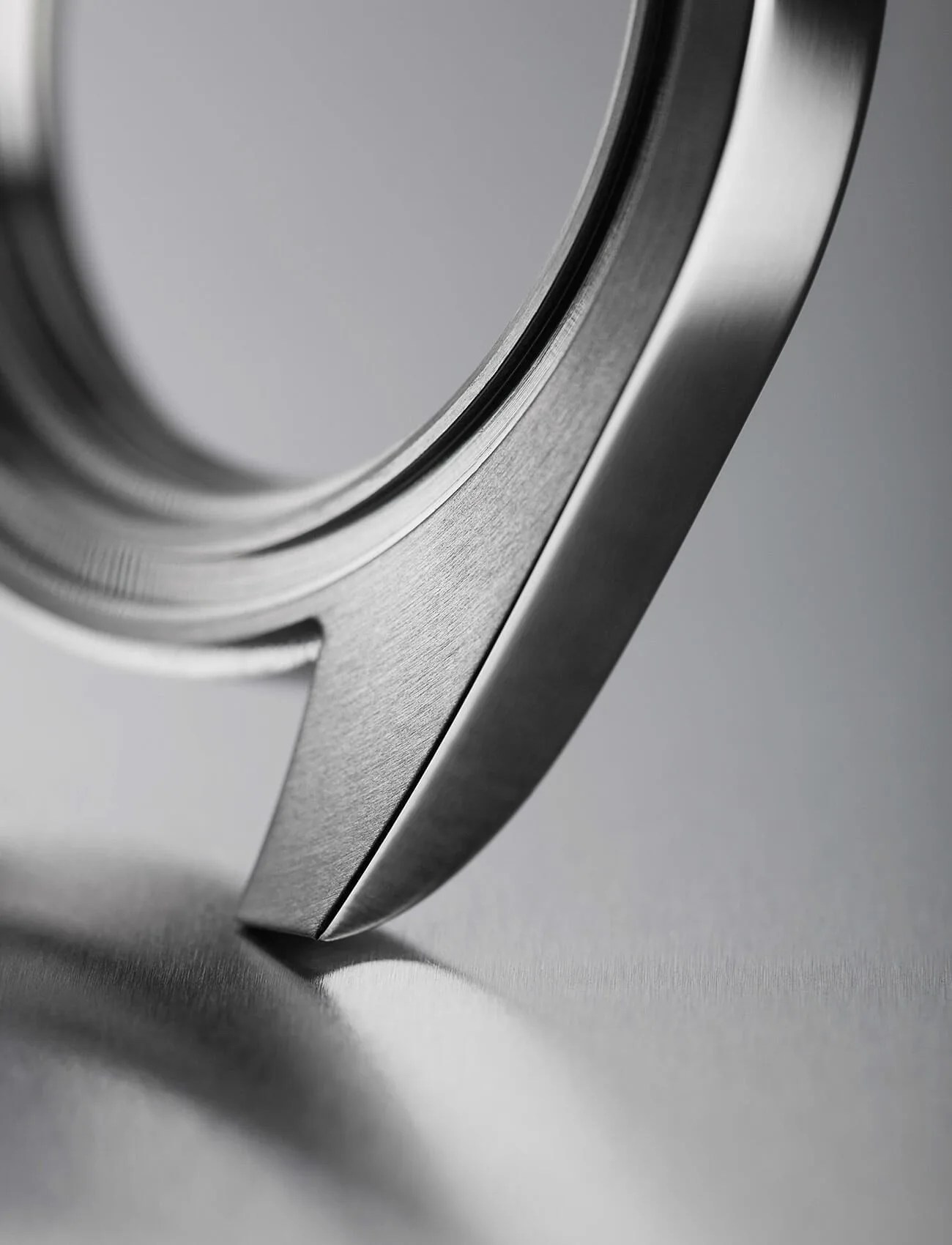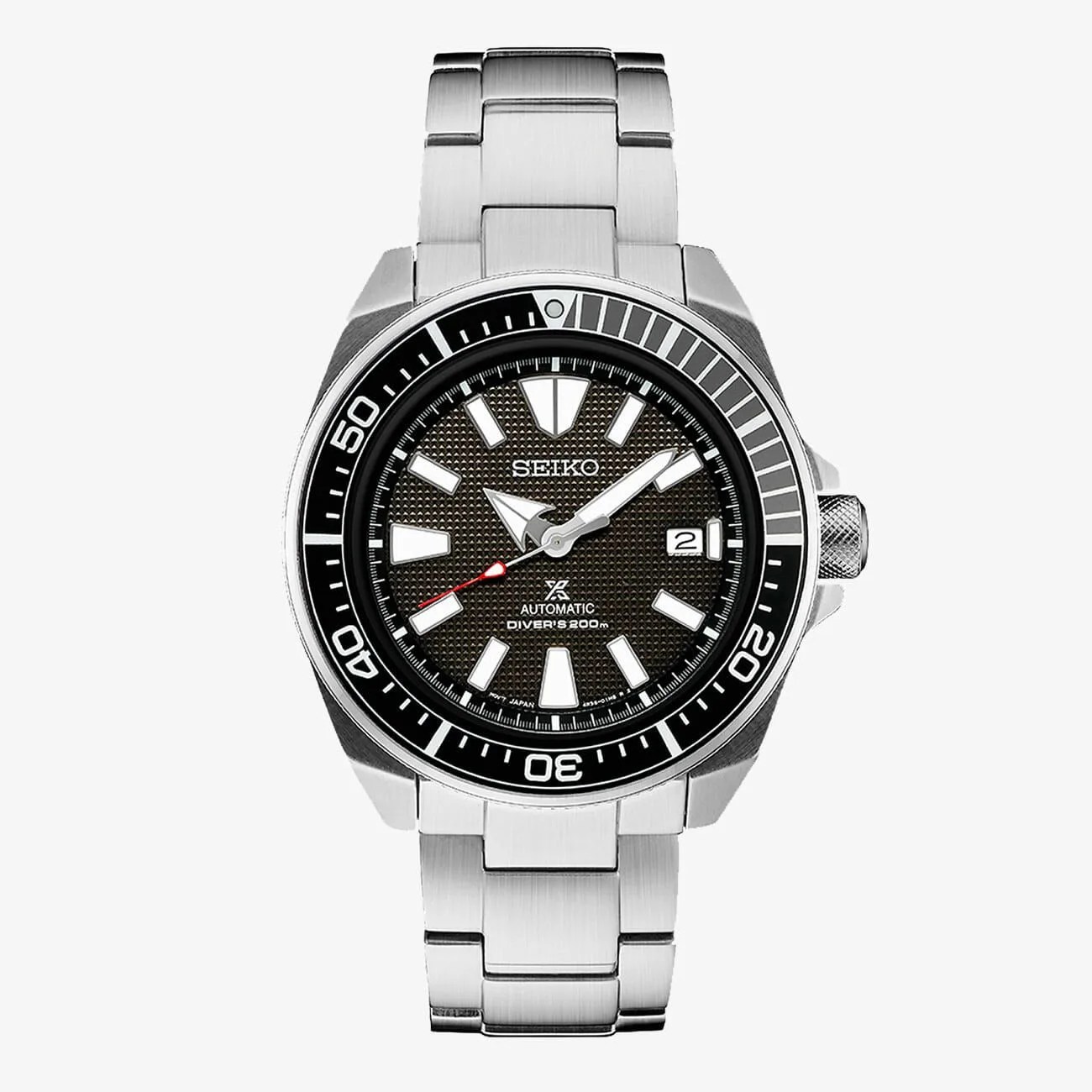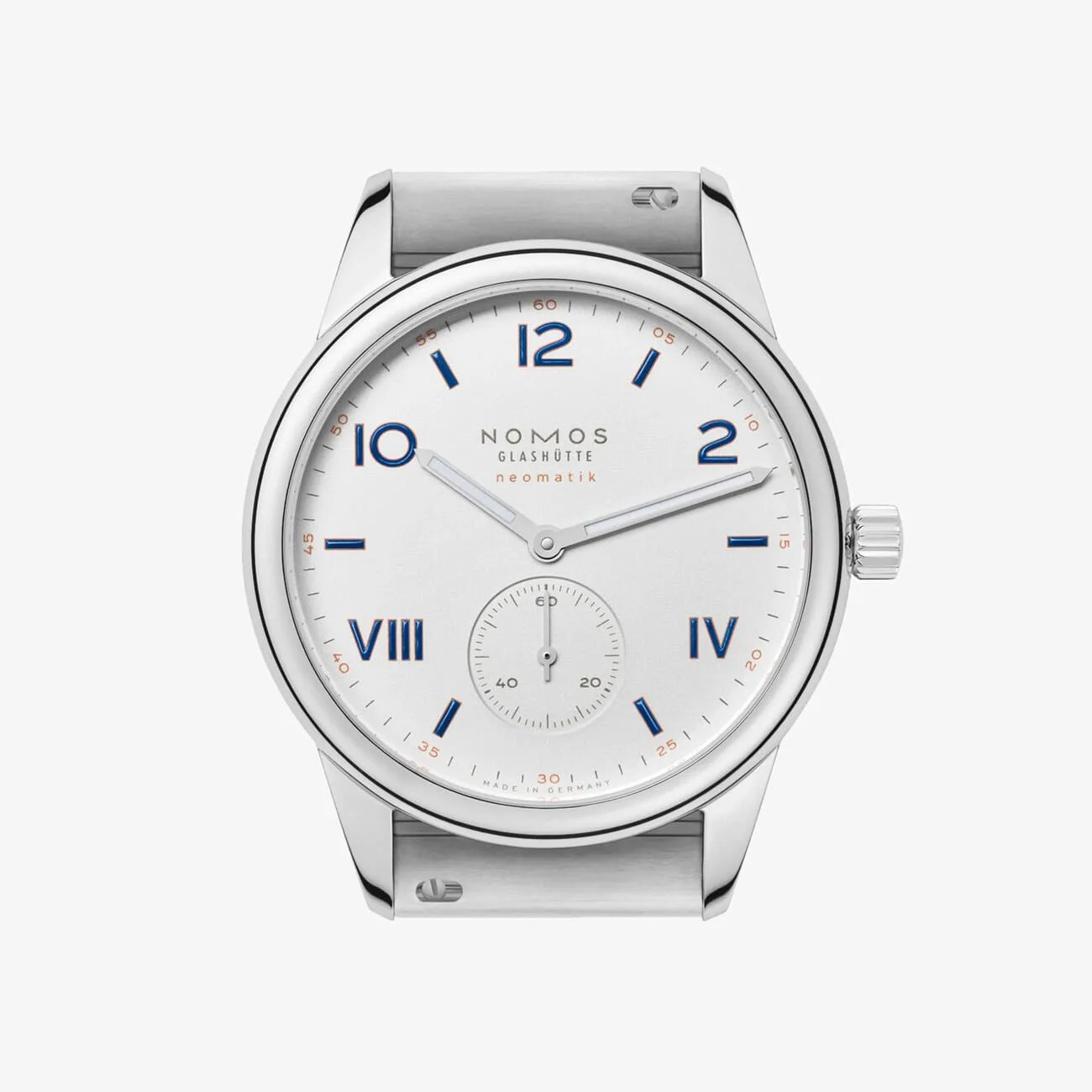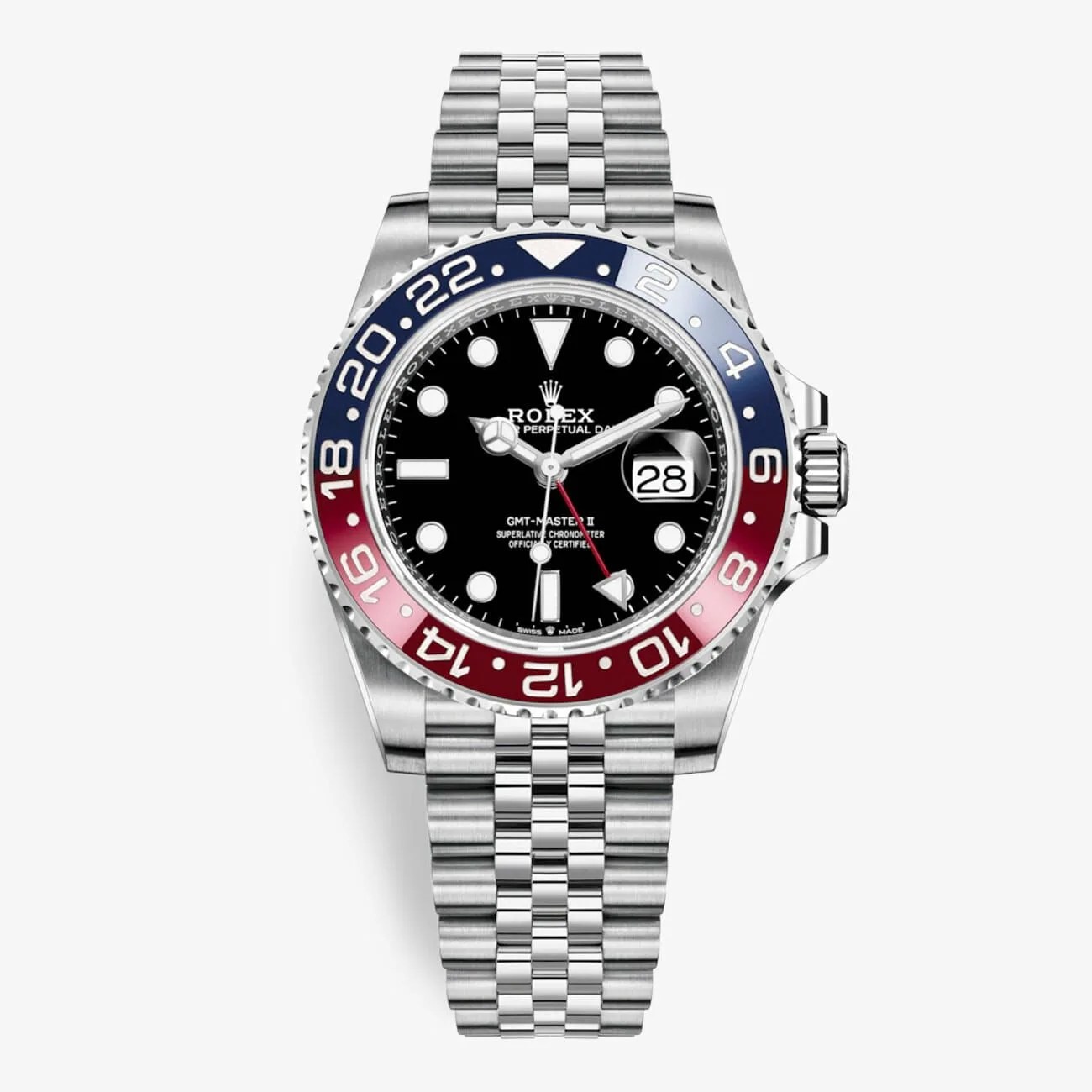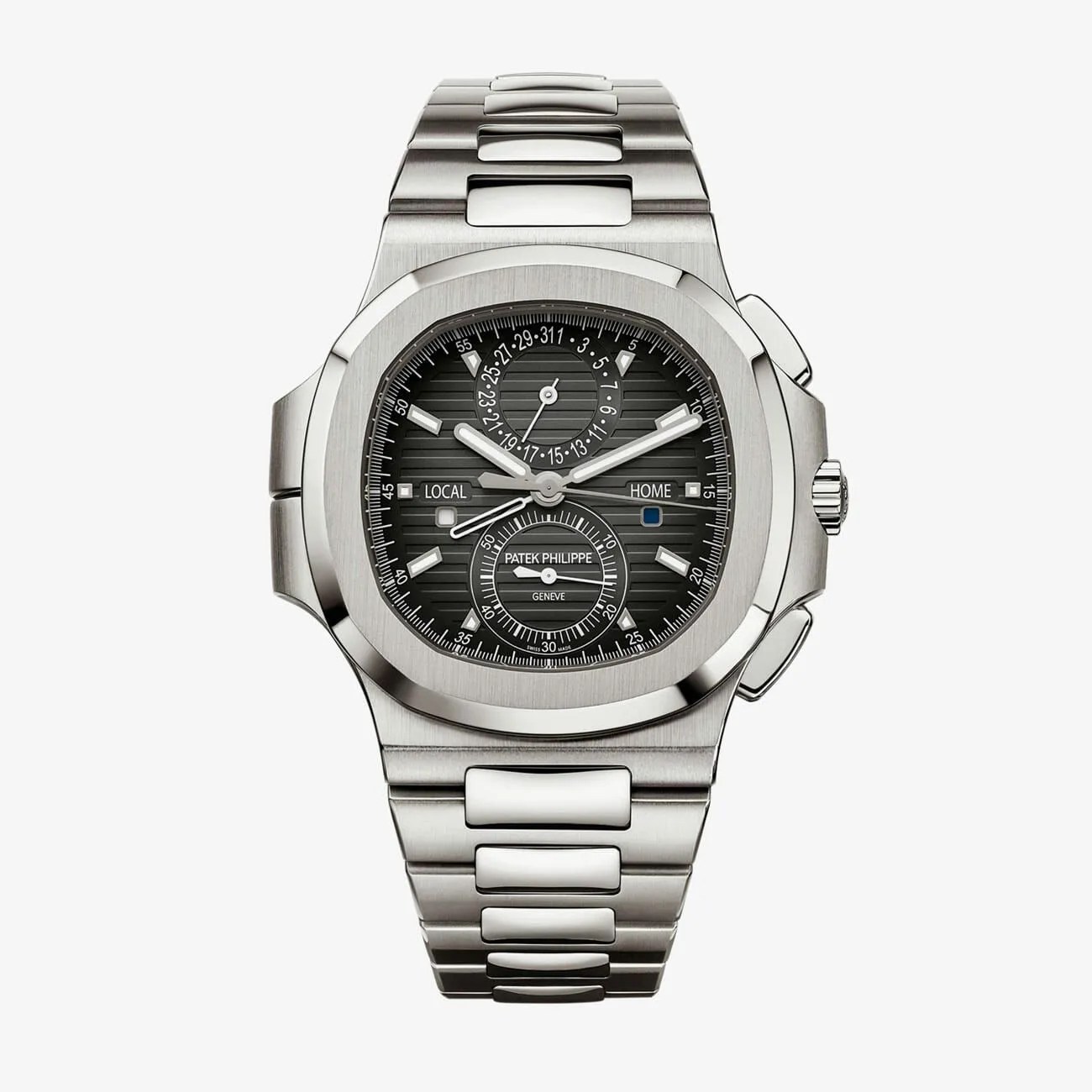Stainless steel watches are so common, affordable, and fashionable today that it can be baffling to recall that up until the 1960s they were relatively rare, quite expensive, and considered to be about as stylish as a hardhat. Until the 1970s, the vast majority of steel watches were job-specific tools — anti-magnetic models for railroad workers and scientists, waterproof versions for divers and chronographs and GMTs for pilots.
According to fashion norms of the first half of the 20th Century, those tool watches (as large as 40mm) were unsightly behemoths, and they came off the wrist at quitting time to make room for sleek gold (or gold-plated) watches down in the 32mm range. It wasn’t until the 1970s that the luxury sport watch category opened the world’s eyes to the potential elegance of steel.
For over 4,000 years humans have been melting iron, removing excess carbon, and adding in other elements to make steel. China, India, and Japan were early masters, developing high carbon formulas like Wootz and Damascus thousands of years ago. Rust was a common problem, limiting many hoped-for applications, and it wasn’t until the 19th Century that France, England, and Germany started to crack the codes of stainless steel, while the Americans, a bit late to the game, didn’t succeed in producing significant quantities of stainless until the early 20th Century. Eventually, a steel that was highly corrosion-resistant, ductile and extremely hard was developed.
Early tool watches are quite collectible today, and certain complicated stainless steel dress watches from the early to mid-20th century are so rare that they can handily outperform their precious-metal counterparts at auction. Case in point: a stainless steel Patek Philipe 1518 from 1944 sold in 2016 for over $10.7 million, thus becoming the world’s most expensive wristwatch sold at auction until Paul Newman’s stainless steel Rolex Daytona famously stole the title in 2018.
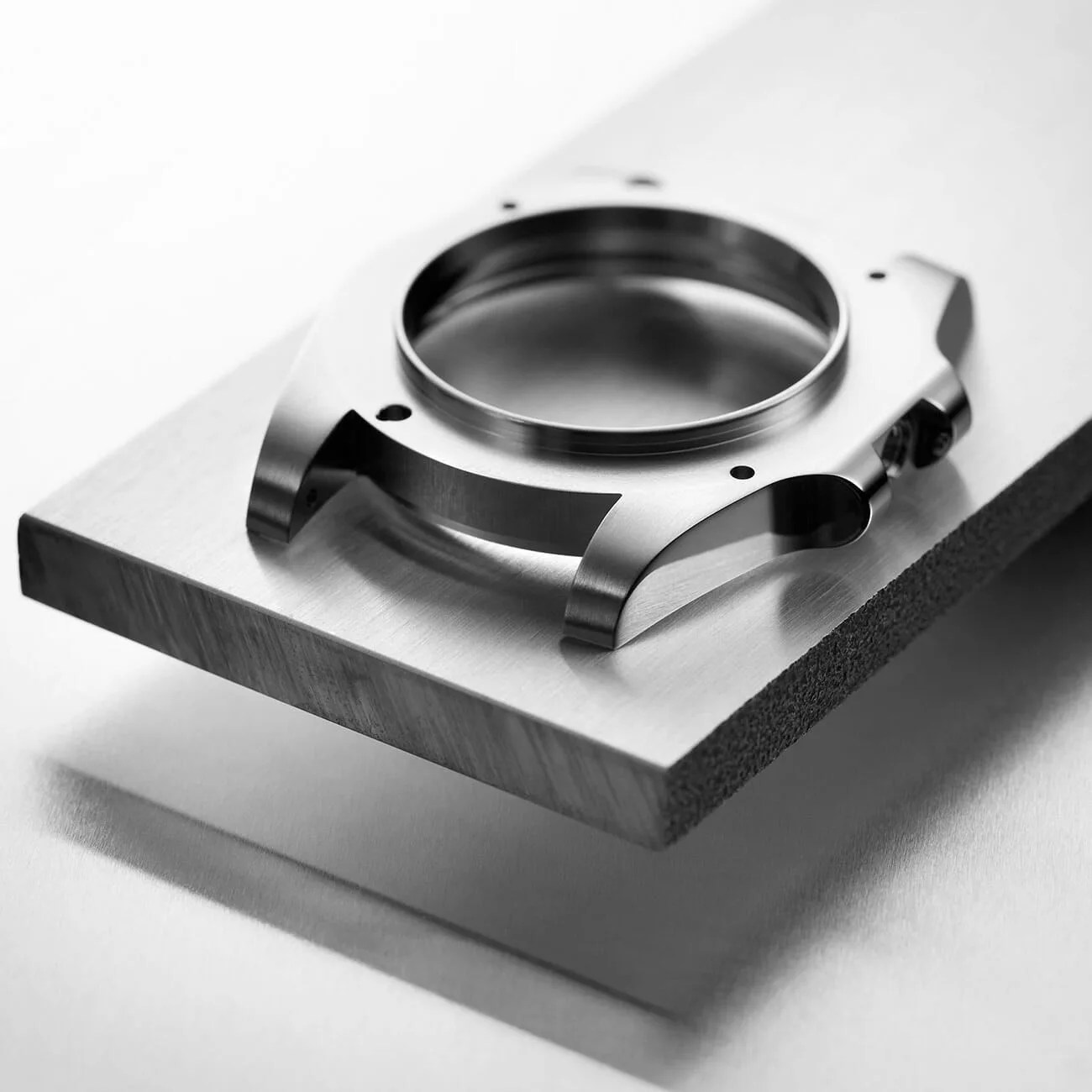
Photo: Rolex
Often complicated, expensive pieces such as the 1518 (which was the first serially-produced perpetual calendar chronograph) were put in precious metal cases for the simple reason that stainless steel seemed an inferior, pedestrian material to house such special movements. Additionally, sometimes stainless steel cases were used in complicated watches to fulfill special orders or because of a scarcity of precious metals. In either case, complicated, mid-20th century watches in stainless steel cases from the well-known Swiss marques are often significantly more rare than their precious metal counterparts.
